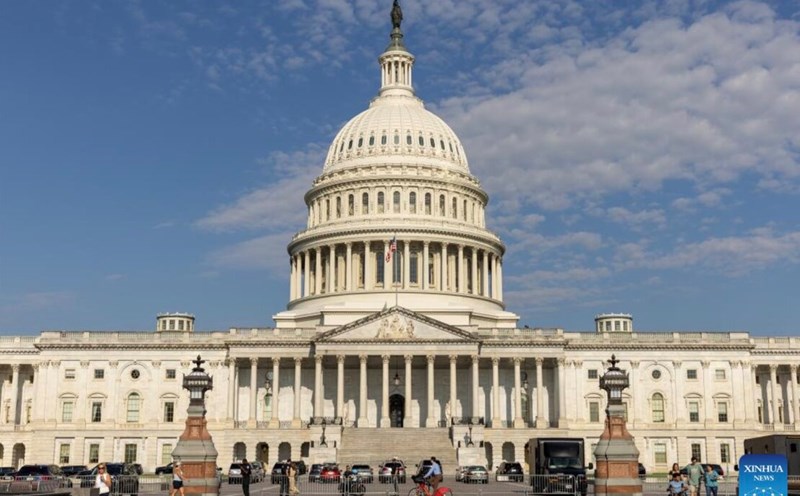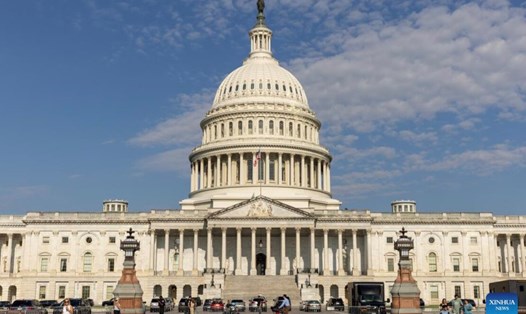The US federal government's budget crisis officially hit a record level on November 4 (local time), after the US Senate 14th rejected the spending package approved by the House of Representatives for Republican control. The voting results were 54 in favor and 44 against, with no more Democratic Senators changing sides to support.
Although the results have not changed, Senators of both parties have revealed that an agreement to end the deadlock is gradually taking shape and could be approved this week.
Senate majority leader John Thune told reporters that there have been people who have known this for too long and its time to end it. Some Republican senators also expressed hope that the Democrats will be ready to vote to reopen the government after the November 4 vote.
November 4 marks the 35th day of the closure, which is equivalent to a record for the closure in late 2018 and early 2019, during President Donald Trump's first term.
Tight behind-the-scenes negotiations are underway to find a way out of this deadlock. Both Democrats and Republicans have expressed deep concern about the serious impacts on millions of Americans.
The US government's closure threatens many essential services, including the federal food subsidy program, causing many government employees to temporarily take a leave of absence or work without pay.
In response to the growing wave of criticism, on November 3, the Trump administration sought an emergency disbursement to maintain the Supplemental Nutrition Assistance Program (SNAP) at the 50% capacity level, after the court ruled that the government could not completely cut funding.
The program supports 42 million Americans, with a budget of about $9 billion per month. However, on November 4, President Donald Trump threatened to hold back the SNAP program until the Democrats gave a concession and voted to approve the government budget spending package.
The Republican Party currently holds a majority of 53-47 seats in the US Senate, but the Democratic Party can still block it through the bill thanks to the filibuster (the "hour system") mechanism.
The bill needs 60 votes in favor to be passed. President Donald Trump has called on Republicans to use majority power to eliminate the Filibuster mechanism and pass the bill.
Unlike the 2018-2019 closure, when Donald Trump publicly faced Congress to demand funding to build a US-Mexico border wall, this time the President has been almost absent from negotiations.
Republican and Democratic Senators are quietly negotiating terms to reach a temporary settlement.
With the consensus of the two party leaders, lawmakers are seeking to reopen the government, restore the normal federal spending process and address the health insurance subsidy crisis that is causing insurance fees to skyrocket nationwide.
House Speaker Mike Johnson has let lawmakers off since September and all eyes are now on the US Senate, where the two party leaders are delegating negotiations to the moderate groups of lawmakers from both sides.
The focus of any upcoming solution will be a series of agreements that need to be approved by the Senate, House of Representatives and the White House.











